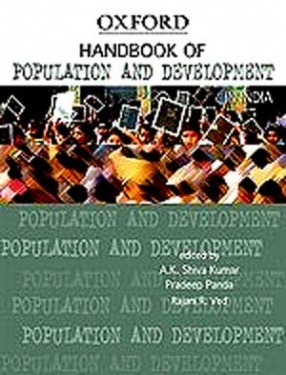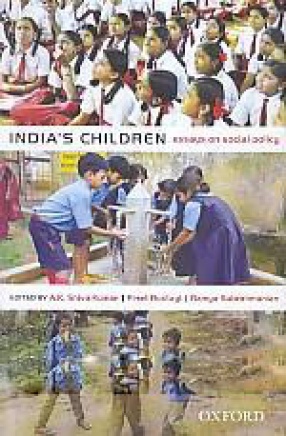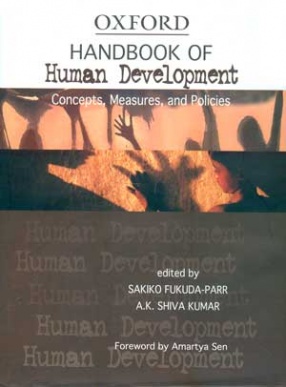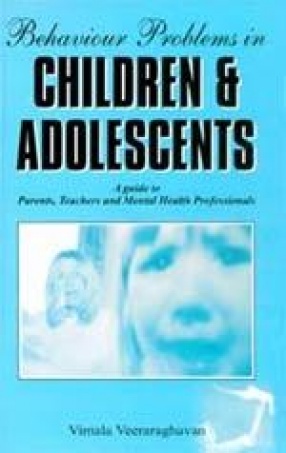Engaging with diverse perspectives on human development, human rights, and gender justice, this handbook provides a comprehensive understanding of the development–population linkages. Taking forward the debates and policy questions raised by the National Population Policy 2000, the handbook analyses a wide range of issues: Food security, climate change, and the environment; Potential of and opportunities for youth and the girl child; Public health and reproductive health services; Women’s empowerment and fertility choices; Role of law, media, and public action in population stabilization.
Does a large population slow down economic growth? Will rapid fertility decline solve the problem of income poverty and human deprivation? What leads to improvements in child survival and longevity? What explains the persistence of adverse sex ratios in India? What are the adverse impacts of a growing population on the environment? Examining these pressing concerns using the latest Census and NFHS data, the handbook identifies past trends and projects future challenges. Rejecting coercion and disincentives as means to achieve rapid population stabilization, it calls for a more humane approach—‘take care of people and the population will take care of itself’.






There are no reviews yet.